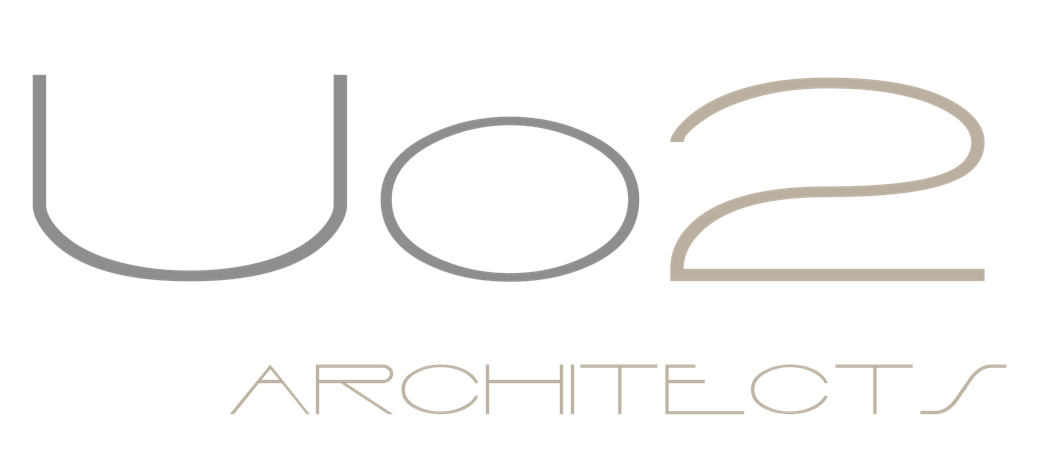
In the world of architecture and construction, budget constraints are a universal challenge, impacting projects across the globe. From small residential renovations to large-scale commercial developments, architects must navigate the complex interplay of design aspirations, client expectations, and financial limitations. This article explores the problem of budget constraints in architectural design, offering insights into effective solutions that balance creativity with cost-effectiveness.
Understanding the Problem
Budget constraints are a significant hurdle in the architectural process, shaping every decision from the initial concept to the final construction details. In a survey conducted by the American Institute of Architects (AIA), it was noted that architects are responsible for managing the design to meet the budget, updating estimates as the design progresses, and obtaining the owner’s approval of the design at each phase before moving to the next. These responsibilities underscore the central role of budget management in architecture.
A key challenge for architects is delivering a project that meets the client’s vision and functional requirements while staying within the predetermined budget. This task is complicated by fluctuating material costs, labor rates, and market conditions, which can unpredictably affect project costs. Additionally, unforeseen site conditions or changes in project scope can lead to cost overruns, straining the budget and potentially compromising the project’s viability.
The impact of budget constraints on architectural projects is far-reaching. In a report by the Boston Society for Architecture, it’s advised to plan for contingencies, as unexpected issues such as poor soil, structural deficiencies, and hidden conditions can arise, necessitating additional funds. These challenges highlight the need for meticulous planning and agile response strategies to manage financial risks effectively.
Design and Build Solutions
- Early and Accurate Budget Estimation: Success in architectural projects begins with a realistic and reliable initial budget estimation. Cost consultants use various methods to prepare these estimates, considering factors like development area, number of units, and occupancy requirements. Accurate budget estimation enables informed decisions about project scale and design solutions, preventing costly redesigns or scope adjustments later in the project.
- Contingency Planning: To manage financial risks, architects and project teams develop contingency budgets. These serve as financial safety nets, adjusted as the project progresses and new risks are identified. Effective contingency planning is crucial for absorbing unforeseen expenses without derailing the project.
- Continuous Budget Monitoring: Once the initial budget is set, continuous monitoring is essential. This involves updating elemental cost plans and assessing the impact of design options on the project budget. Regular financial reporting and collaboration among the project team ensure that all stakeholders are aligned and informed.
- Effective Communication and Collaboration: Clear communication and
effective collaboration within the project team are vital for managing budget constraints. Architects, project managers, and other stakeholders must work together to identify risks, suggest mitigation strategies, and integrate these strategies into project planning and execution. This collaborative approach ensures that financial risks are controlled and the project adheres to the budget.
- Leveraging Technology and Tools: Utilizing digital tools and software for budget planning and monitoring can significantly enhance efficiency and accuracy. Tools like Building Information Modeling (BIM) enable architects to visualize the project in 3D, assess costs in real-time, and make informed decisions that align with the budget constraints.
- Incorporating Value Engineering: Value engineering involves analyzing design elements and construction methods to optimize cost, function, and quality. By scrutinizing every aspect of the design, architects can identify cost-saving opportunities without compromising the project’s aesthetic and functional integrity.
- Engaging in Client Education: Educating clients about the cost implications of design choices, materials, and construction methods is essential. Transparent and honest discussions about budget constraints and potential trade-offs empower clients to make informed decisions and set realistic expectations.
The Impact of Effective Cost Management
Effective cost management in architectural projects extends beyond maintaining financial control; it supports design integrity, establishes trust, mitigates risk, and ensures successful project delivery. By balancing aesthetic ambition with budgetary realism, architects guide the design process to outcomes that blend form and function within a financially feasible framework.
Moreover, cost management fosters trust between architects and clients. Transparent and reliable cost insights, along with timely financial reports, demonstrate an architect’s commitment to fiscal responsibility, promoting client satisfaction and nurturing long-term relationships.
In summary, navigating budget constraints in architectural design is a multifaceted challenge requiring a blend of strategic planning, effective communication, and innovative solutions. By adopting a proactive and collaborative approach to budget management, architects can deliver projects that fulfill client visions while adhering to financial realities.
How can we further innovate in architecture to achieve both aesthetic excellence and cost-efficiency?
